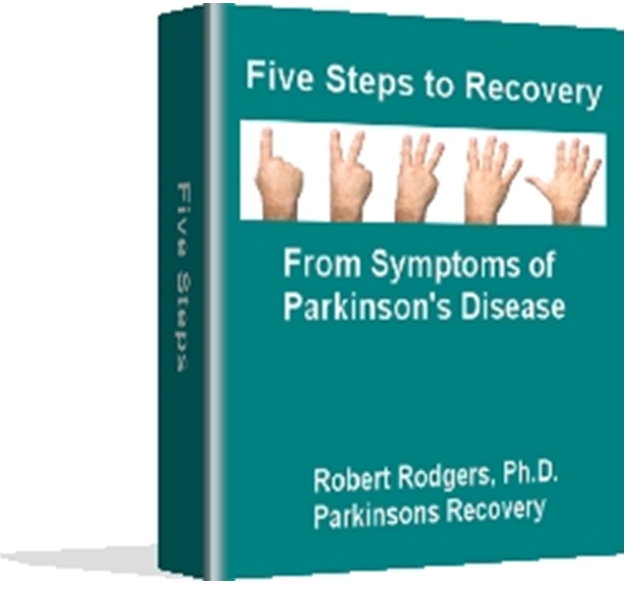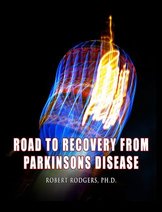How TMS Works:
Transcranial Magnetic Stimulation (TMS) uses magnetic fields to induce electrical currents in specific regions of the brain. A coil placed on the scalp generates a magnetic pulse, which can influence neuronal activity. Depending on the frequency and pattern of stimulation, TMS can either excite or inhibit brain regions, offering therapeutic effects.
TMS for Tremors:
TMS may help in treating tremors by targeting brain areas associated with motor control, like the primary motor cortex or basal ganglia. The idea is to either inhibit overactive neural circuits or enhance underactive circuits that contribute to tremor activity.
For example:
- Parkinson’s disease tremor may be related to disrupted communication between the basal ganglia and the cortex. TMS could modulate this communication to reduce tremor.
- Essential tremor is thought to involve abnormal brain activity in the cerebellum, and TMS might help adjust the neural firing patterns contributing to the tremors.
Below is the abstract from a 2024 review study that reported spectacular results when using Transcranial Magnetic Stimulation (TMS) for Parkinson’s symptoms and tremors specifically.
Hellyon. 2024 Jun 12;10(12):e32799. Differential symptom cluster responses and predictors to repetitive transcranial magnetic stimulation treatment in Parkinson’s disease: A retrospective study
Abstract
Background: Repetitive transcranial magnetic stimulation (rTMS) is an effective noninvasive neuromodulation technique for Parkinson’s disease (PD). However, the efficacy of rTMS varies widely between individuals. This study aimed to investigate the factors related to the response to rTMS in PD patients.
Methods: We retrospectively analyzed the response of 70 idiopathic PD patients who underwent rTMS for 14 consecutive days targeting the supplementary motor area (SMA) in either an open-label trail (n = 31) or a randomized, double-blind, placebo-controlled trial (RCT) (n = 39). The motor symptoms of PD patients were assessed by the United Parkinson’s Disease Rating Scale Part III (UPDRSIII). Based on previous studies, the UPDRSIII were divided into six symptom clusters: axial dysfunction, resting tremor, rigidity, bradykinesia affecting right and left extremities, and postural tremor. Subsequently, the efficacy of rTMS to different motor symptom clusters and clinical predictors were analyzed in these two trails.
Results: After 14 days of treatment, only the total UPDRSIII scores and rigidity scores improved in both the open-label trial and the RCT. The results of multiple linear regression analysis indicated that baseline rigidity scores (? = 0.37, p = 0.047) and RMT (? = 0.30, P = 0.02) positively predicted the improvement of UPDRSIII. The baseline rigidity score (? = 0.55, P < 0.0001) was identified as an independent factor to predict the improvement of rigidity.
Conclusion: This study demonstrated significant improvements in total UPDRSIII scores and rigidity after 14-day Transcranial Magnetic Stimulation (TMS) treatment, with baseline rigidity scores and RMT identified as predictors of treatment response, underscoring the need for individualized therapy.
Robert Rodgers PhD
Founder 2004
Parkinsons Recovery







